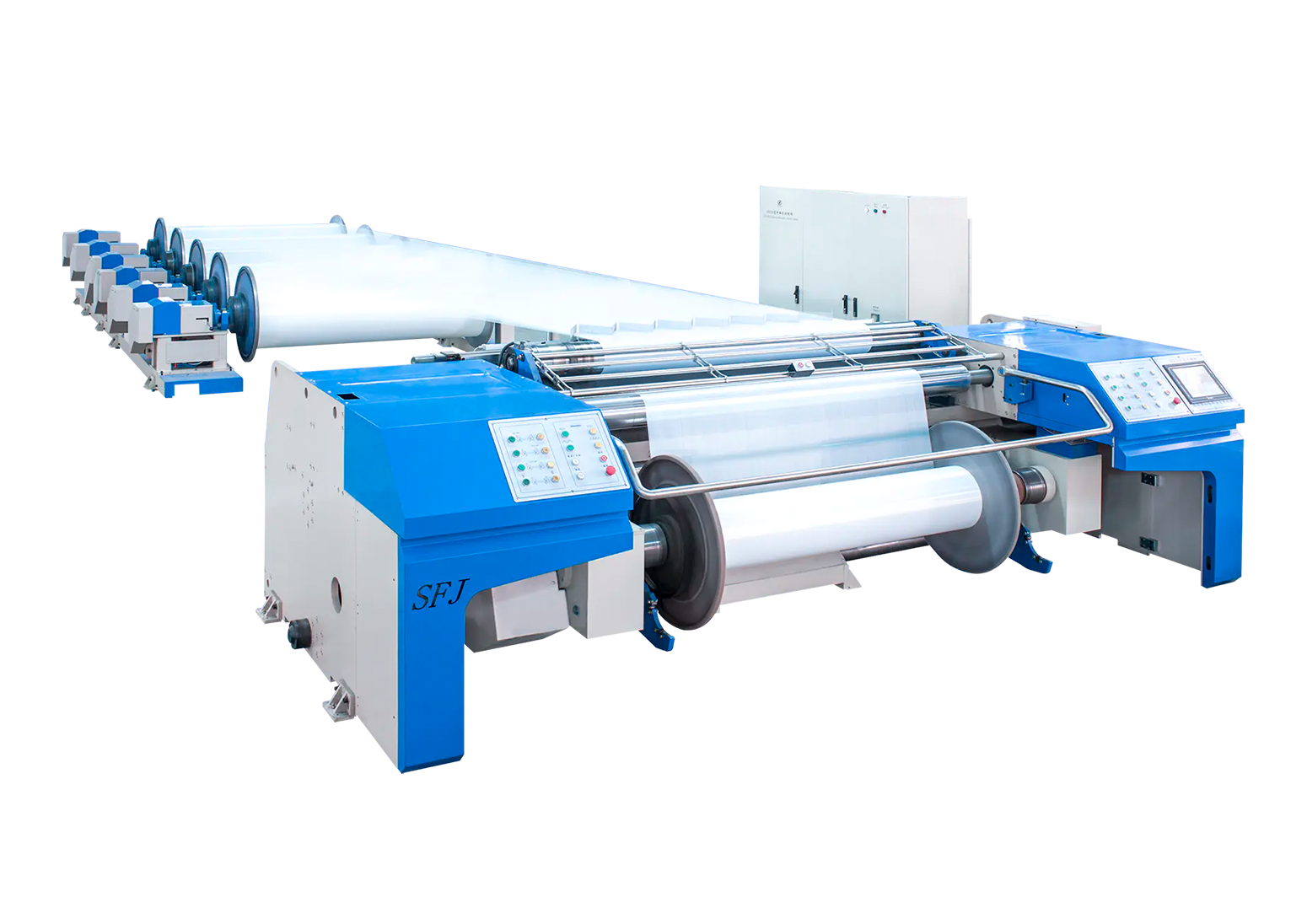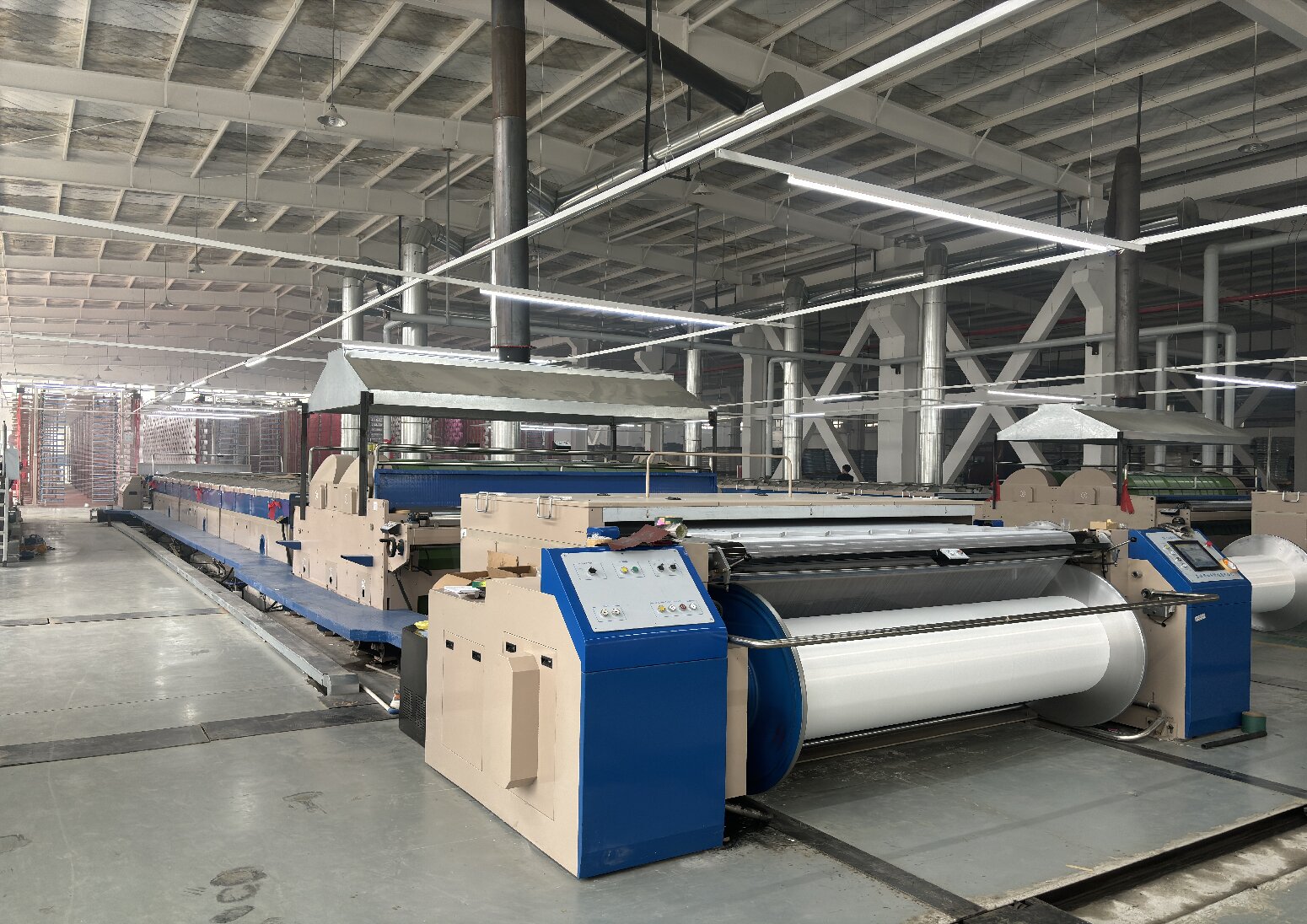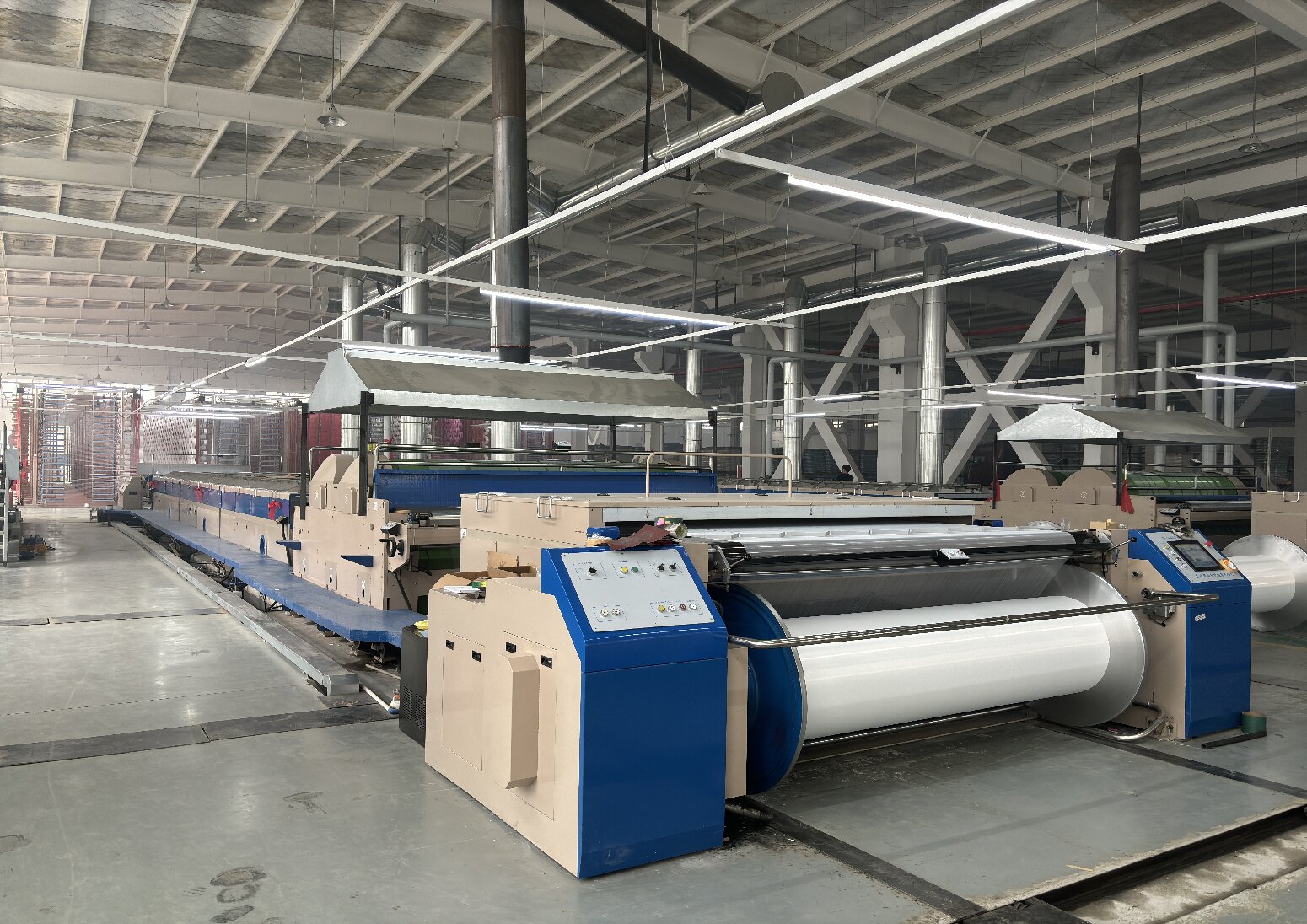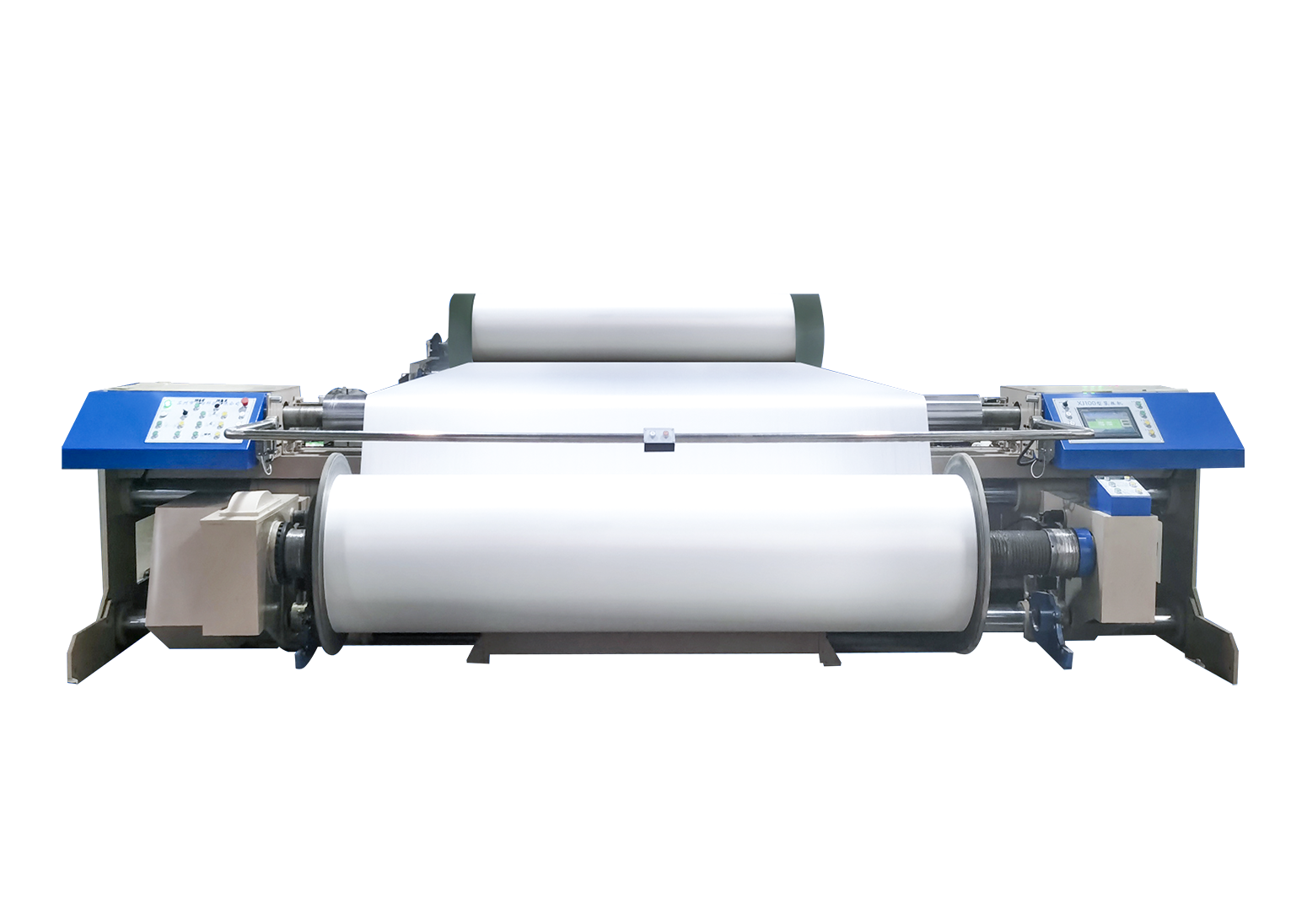The road to environmental protection: Are degradable dyes for textile machinery a smart move for sustainable development?
Against the backdrop of rising global awareness of environmental protection, the textile machinery industry is actively responding to the call for circular economy and is committed to waste reuse through innovative technologies and processes, injecting new sustainable development impetus into the industry.
Innovative applications of textile machinery have made waste fiber regeneration more efficient. Through mechanized processing, waste fiber materials can be separated, cleaned, and regenerated into raw materials that can be used for production. This process significantly reduces reliance on natural resources while lowering carbon emissions during production.
The treatment of wastewater in traditional textile production has always been an environmental problem. However, through the introduction of advanced wastewater treatment technology, textile machinery is gradually achieving the goal of zero emissions. The wastewater during the production process is carefully treated, organic matter is decomposed, and the water quality is effectively purified and can be recycled, reducing the pressure on natural water sources.
Traditionally, discarded fabrics have been disposed of as garbage. However, innovative applications of textile machinery are changing this situation. By using efficient cutting and dismantling technology, waste fabrics can be regenerated and used as raw materials for production again. This move not only reduces the amount of waste but also extends the life of the raw materials.
The chemical dyes used in the traditional dyeing and finishing process have a negative impact on the environment that cannot be ignored, which is mainly reflected in the discharge of toxic waste in wastewater and the consumption of large amounts of chemical substances. In order to solve this problem, the textile machinery industry is actively turning to the application of degradable dyes to contribute to environmental protection.
Degradable dyes are an environmentally friendly type of dye whose molecular structure is designed to decompose naturally in the environment without producing toxic substances. This kind of dye can quickly decompose after the end of the textile's service life, avoiding pollution of soil and water sources, and reducing the burden on the environment. The environmental advantages brought by the use of degradable dyes in the textile machinery industry are not only reflected in the dyeing process, but also in wastewater treatment. By introducing efficient wastewater treatment technology, degradable dyes in wastewater can be effectively decomposed, reducing the concentration of harmful substances in wastewater. More importantly, the treated wastewater can be recycled and reused, forming a virtuous cycle and reducing the waste of water resources. This innovative move not only conforms to the concept of green manufacturing, but also meets consumers' growing demand for environmentally friendly products. The textile machinery industry actively responds to environmental protection trends by using degradable dyes, contributing positively to the realization of green production, reducing dependence on natural resources, and promoting the development of a circular economy.
Another key role of textile machinery in waste reuse is mechanized waste sorting. By using advanced intelligent classification technology, waste can be classified accurately and efficiently, allowing different types of waste to be reused reasonably. This not only increases the recovery rate of resources, but also reduces the cost of waste disposal.
However, the implementation of circular economy in the textile machinery industry is not smooth sailing. Investment in technological innovation, collaboration between the upstream and downstream of the industrial chain, and market recognition of renewable products are all current challenges. However, this is also a time of potential and opportunity. As global environmental awareness continues to increase and the concept of circular economy becomes more and more popular, the textile machinery industry will face challenges while embracing broader development prospects.
The textile machinery industry is leading the green revolution of the industry with its innovative power. Waste reuse not only reduces the burden on the environment, but also brings new business opportunities and competitive advantages to the industry. Through unremitting efforts, the textile machinery industry will surely usher in more prosperous development in the era of circular economy.



 中文简体
中文简体








